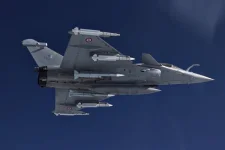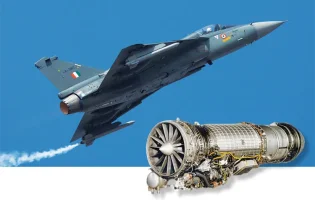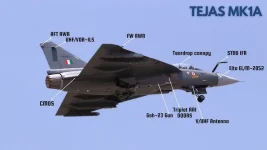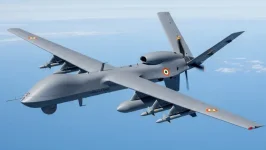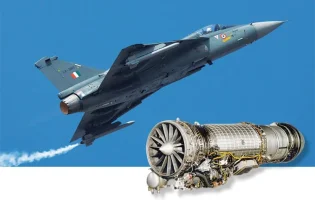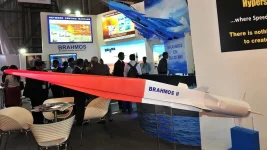- Views: 4K
- Replies: 31
GE Aerospace delivered the first F404-IN20 engine to Hindustan Aeronautics Limited (HAL) on March 25, 2025, marking a key step in the Tejas Light Combat Aircraft (LCA) Mk1A programme. This delivery, part of an order for 99 engines, is crucial for India's indigenous fighter jet initiative.
However, the engine arrived approximately two years later than initially anticipated, prompting GE to highlight that a five-year gap in orders necessitated the complex reactivation of a dormant production line, a process further complicated by the global pandemic.
The F404-IN20 engine is a specific version developed for the LCA Mk1A, an upgraded fighter designed to enhance the Indian Air Force's (IAF) operational capabilities. GE had previously supplied 65 similar engines for the earlier Tejas Mk1 variant, completing those deliveries by 2016.
With no new orders placed between 2016 and 2021, GE halted the F404-IN20 production line. The line was only restarted after HAL secured the order for 99 engines in 2021, following the Indian government's approval of a contract for 83 LCA Mk1A aircraft.
Acknowledging the delay, GE Aerospace noted the inherent difficulties in restarting jet engine manufacturing. In a statement, the company indicated that resuming production was especially challenging during the COVID-19 pandemic. The five-year period without orders meant suppliers needed to be re-engaged and the entire supply chain ramped up.
While underscoring its dedication to safety and quality, GE suggested that the lack of continuous orders from India contributed significantly to the extended timeline required to fulfil the new contract.
The delay in engine delivery impacted HAL's production schedule for the 83 LCA Mk1A jets, a contract valued at approximately ₹48,000 crore signed in February 2021. This created concern within the IAF, which is working to modernise its fleet and address a shortfall in squadron numbers (currently reported at around 31 squadrons against a sanctioned strength of 42.5).
In late 2024, India invoked a penalty clause against GE due to the delays, although specific financial details have not been disclosed by the government, which described it as a standard contractual procedure.
From GE's perspective, the extended interval between the final engine delivery for the Mk1 in 2016 and the formal contract for the Mk1A engines in 2021 played a crucial role. This gap occurred while specifications and funding for the Mk1A programme were being finalised.
According to GE, this period without orders allowed the specialised production system to become inactive, making the restart process inherently slow and vulnerable to the global supply chain disruptions that arose during the pandemic. Consistent demand, GE implied, could have kept the production line operational, potentially avoiding these restart challenges.
Despite the setbacks, GE has established a delivery plan, aiming to provide 12 engines by December 2025 and increase output to 20 engines per year from 2026 onwards.
HAL has continued its aircraft assembly work, utilizing reserve engines for initial activities, including the first flight of an LCA Mk1A aircraft (tail number LA 5033) in March 2024.
To meet the IAF's requirements, HAL has expanded its production capacity by adding a new facility in Nashik, complementing its existing line in Bengaluru, potentially enabling the production of up to 24 aircraft annually once engine supply stabilises.

